Michael and his Custom-Made Bexei Dignitas Power Reserve
Custom-made, independent watchmaking to the max.
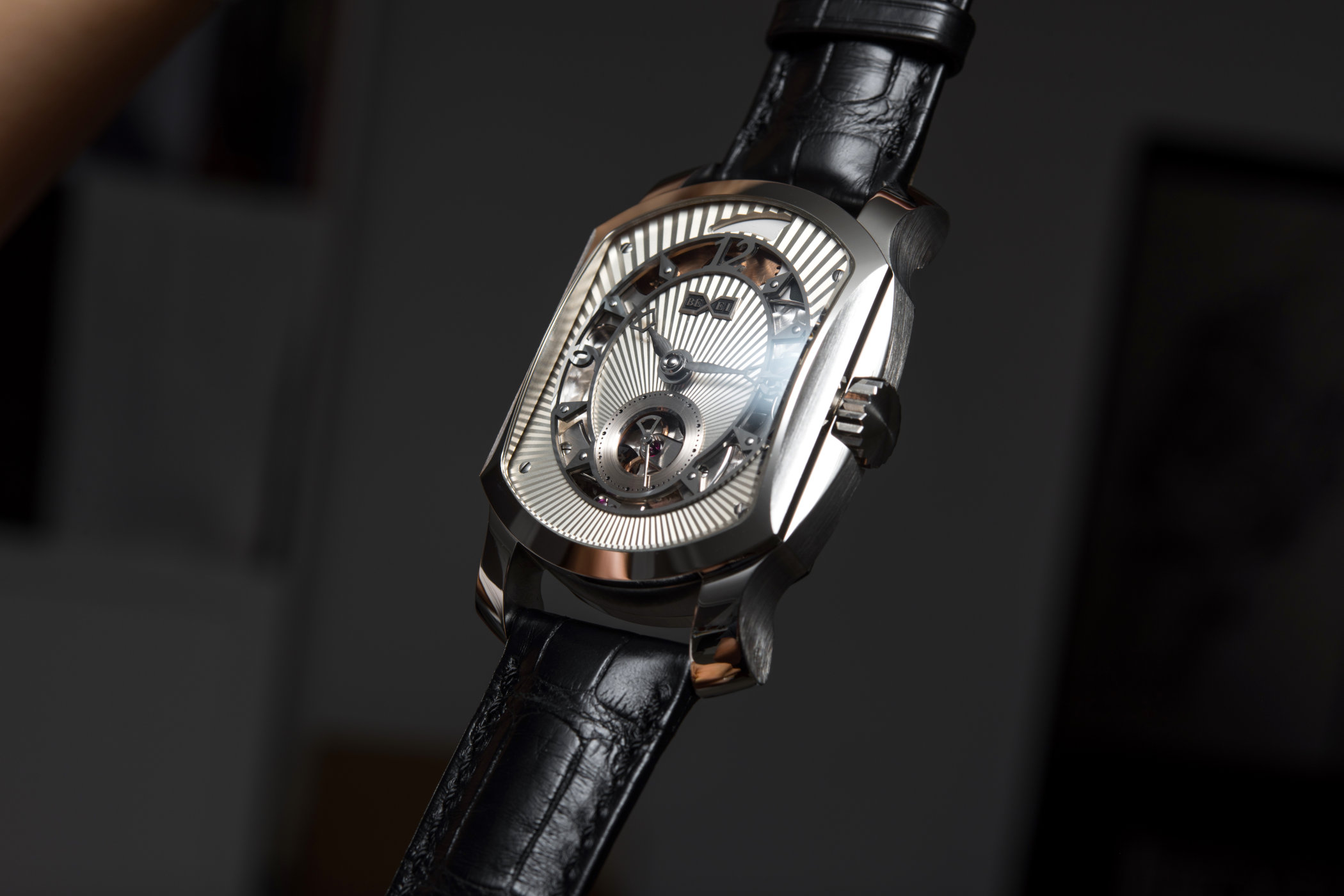
Since starting the Collector’s Series many years ago, and restarting it just last year, we’ve been able to offer a marvellous weekly show of rare, desirable and often impressive timepieces. Today we’re talking to a collector who, in my opinion, aces the already impressive line-up that we have seen in our weekly instalments. The watch that will be discussed today has not been covered here on MONOCHROME and neither has the extremely talented watchmaker, and that’s about to change! The acquisition of this watch took place ten years ago, at a time when information about watches was more difficult to find than today. Mind you, the watchmaking landscape, and the available information about watches, watchmaking, finishing, and techniques has changed drastically over the past decade! So, kudos to Michael for his bravery that resulted in such an admirable handmade timepiece.
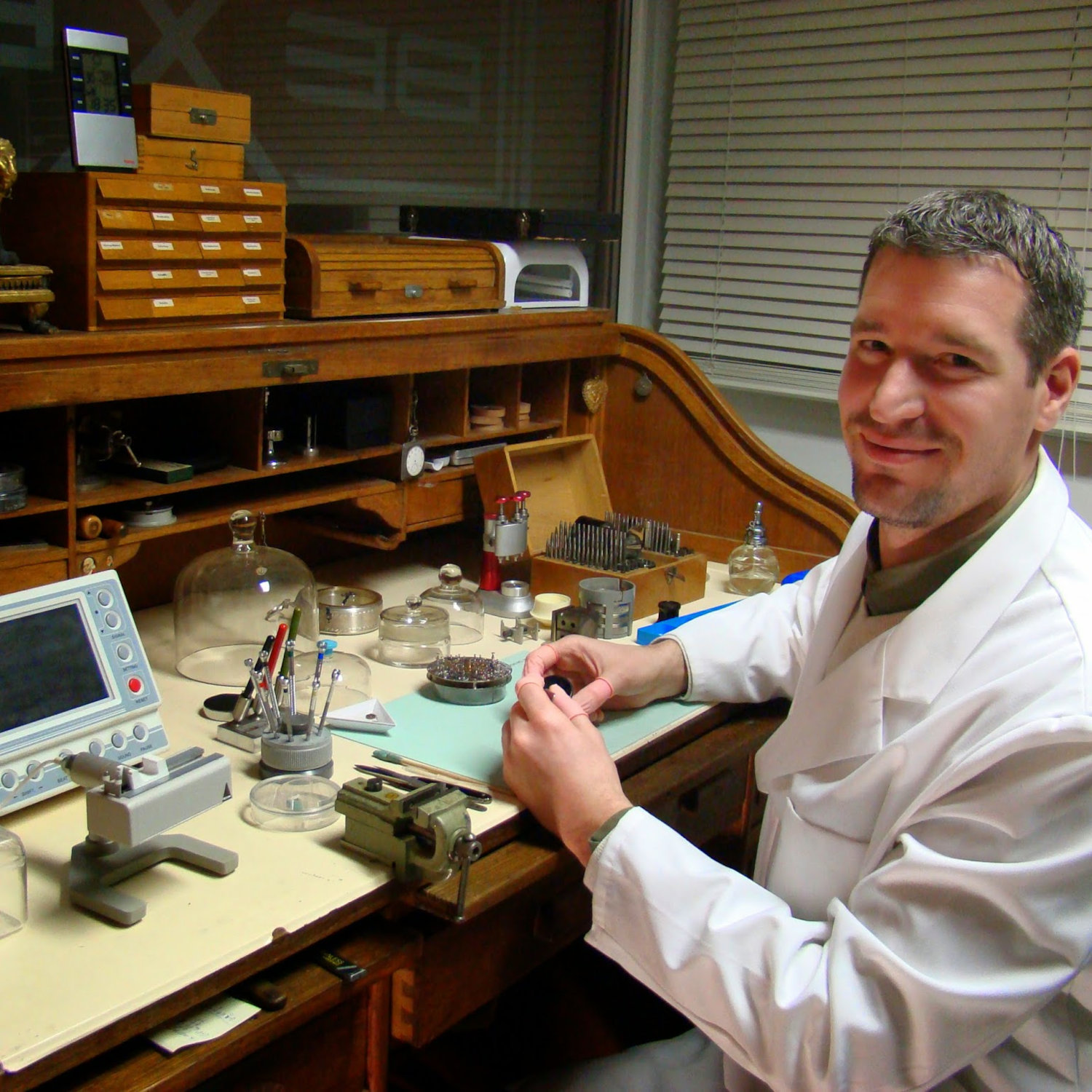
Frank Geelen, MONOCHROME Watches – How did you get to know Bexei in the first place?
Michael – I was looking for a 60th birthday present for myself and decided to get a special, unique watch. I looked at the obvious brands and decided that although they were very fine (and somewhat high-priced), they did not offer true exclusivity or individuality.
Personally, I cannot see the point of spending a huge amount on a watch with dozens or hundreds of similar pieces readily available. Inevitably I started looking at the independents. Since I was on holiday, with not much to do, I started searching for information online. It wasn’t easy to find a lot of information on independent watchmakers, except for some info on the AHCI website. In the end, it boiled it down to Roger W. Smith and Bexei. But I had no idea of who exactly Aaron Becsei (the watchmaker behind Bexei) was, so I simply wrote him an email and got in touch.
What did you learn about Bexei and what did you admire so much in Aaron’s watches?
The information I could find on Aaron Becsei wasn’t much and mainly focused on his family history in watchmaking. There was a long family watchmaking/clockmaking tradition. For starters, Aaron Becsei had not made a series watch before. He only made a few watches, which were entirely handmade, not using existing movements, of course. Aaron seemed to be a very ‘complete’ watchmaker in the old way, and that was something that intrigued me.
Altogether I was so impressed with him that I took the risk. It was also an adventure to explore the whole gamut of the watchmaking and creative process. Looking back, I think that there was an underlying sense that this delightful couple (Aaron and his wife Eszter) would welcome some support and encouragement. It took about 18 months to get my watch finished; there were many ‘learning experiences’ that we shared, and what fun they were.
To work with a true artist/artisan and witness the dream turn into an amazing, unique reality was a privilege and something I will never forget.
How did you discuss the design and updates with Aaron?
I talked to them for about three months in early 2010 before going ahead in May of that year. Although they are based in Budapest, Aaron made frequent trips to see me. We’d meet at Luton airport, and he’d show me various important parts as he finished them. It was a surreal experience sitting in the coffee shop whilst he showed me a specific part, then a brief chat, and off we went, him to departures, me to the car park.
What was your main motivation to start the process of having a unique watch created for you?
Apart from the pleasure of dealing with the Becseis and arriving at a deeply satisfying aesthetic design, everything was made to very high-end traditional watchmaking standards.
Aaron was keen to share his watchmaking philosophy with me. He never uses a base movement, and everything is designed and built from scratch. The Geneva stripes, for example, are done with a flexible but sharp wooden disc embedded with abrasive diamond particles to produce a smooth surface. What’s remarkable is that there are NO steps between the stripes.
Another finishing, executed with perfectly matching wooden polishing tools, involves the spherical mirror-polished countersinks. A painstaking process, it requires several steps from roughing and smoothing to achieve the scratch-free mirror surface without rounding the top edge of the countersink. The geartrain wheels are black polished and, as you know, the softer the material (brass and gold), the more difficult it is to black polish, and a single foreign particle can ruin the whole process.
When it comes to the jewels, Aaron regrinds and polishes the countersink, the outer chamfer and the top flat surface to ensure distortion-free reflections. Mass-produced rubies usually have a rounded surface at the edges, and the top plane is not flat but also slightly rounded.
All the screws are finished in-house individually, and Aaron even makes some of the screws himself. Other in-house parts made by Aaron are the pinions and shafts; the wheels with black-polished surfaces and polished bevels on the spokes; the hands; the dials made of an Argentium silver base plate with applied gold chapter rings; the baseplate and bridges; and the titanium balance wheel with platinum screws and dials.
One of my requests was to make the anglage visually stronger by increasing the radii.
As with all his watches, even the parts that cannot be seen are finished to the same impeccable standards. Under the dial, parts are finished to the same standard even if they are not visible.
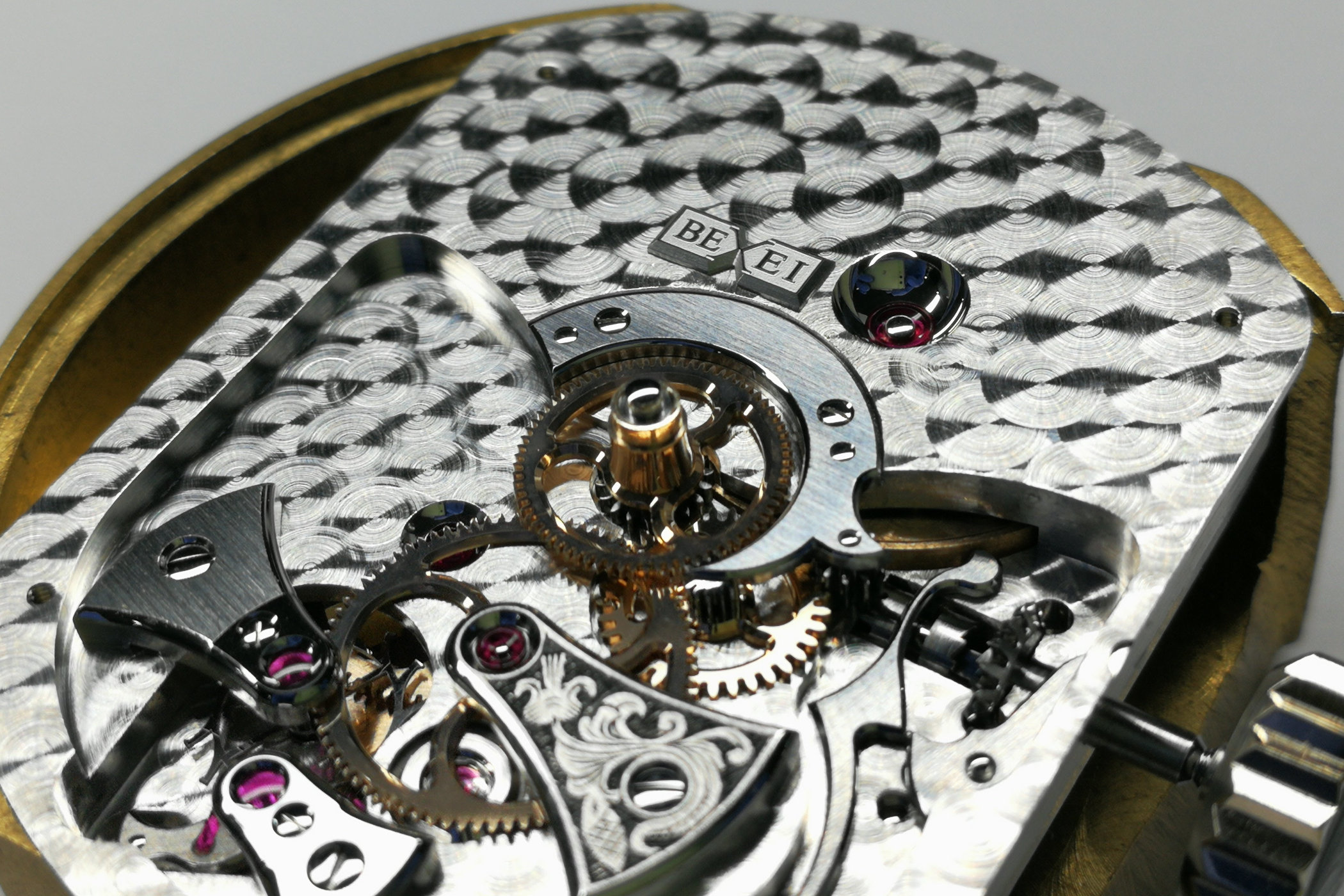
Does your watch get a lot of wrist time?
I wear it reasonably often. It is pretty conspicuous, so sometimes it’s not appropriate. Being platinum, it has a satisfying heft to it. Always gives a sense of occasion.
Do you ever get reactions if you wear or show the watch?
My watch friends and civilians admire it. The more one looks, the more you see. The watch friends find the visuals a bit strong but drool over the beautifully finished and designed mechanism.
Is there something like a “current market value” of the watch if you were ever to sell it?
I paid more than I could realistically afford and am very pleased that I did. It is probably now worth considerably more than I originally paid, but I’m not selling, so it doesn’t matter.
Is there a special story or anecdote concerning the watch that you want to share?
There is so much to say and so much to admire. Aaron shared the complete manufacturing process with me. For example, the three gold wheels: from the cutting of the raw shapes from gold sheet all the way through to the finished items. Making these wheels from gold is difficult and unforgiving; one mistake and the part is scrap. Every step has to be perfect. The Geneva stripes are done with diamond dust-covered wood. The result is perfectly even stripes with no steps between them. The titanium balance wheel with platinum screws is an individual masterwork. All the plates are fully finished on both sides, something that you do not often see in watchmaking.
Just three days ago, whilst discussing the new round watch project with Aaron, we touched on pallet rubies. Aaron told me that he subtly reshapes them for better performance…What? I asked him why I had not heard about that in the last 11 years and his answer, “I did not think anybody would be interested” reveals a lot about his approach to watchmaking. At the time, I laughed, but it is telling. He cares deeply about his designs and their performance but is very geeky about it and doesn’t get that we enthusiasts are extremely interested in unique and special subtleties of design/manufacture.
When I ordered my watch, I did not fully appreciate the extent to which it would be my own, unique watch, handmade by Aaron. In the light of that, it represented good value.
Are there any more watches you would like to buy, anything on the shortlist?
I am working with Aaron on a very exciting new round watch. He is extremely enthusiastic about it; it will distill all his watchmaking experience and new ideas into a completely new tour-de-force round mechanism. The aesthetics are somewhat simpler than the Dignitas but it’s unmistakably Bexei.
Can you give tips to other collectors who want the watch you possess?
Get in touch with the Becseis; they are a pleasure to work with developing your own unique watch. The process is straightforward. Once you have decided on the outline specification – size, metal, overall dial design, etc. – then, they send you a contract that gives the outline specification, approximate delivery date, and payment schedule.
Do you have general tips for people who want to start collecting watches?
It’s not about the money; it’s about the passion for fine watchmaking. There are some amazingly fine and interesting watches out there for all budgets. For example, recently, I came across a beautiful Doxa dress watch. Without seeing the brand, I would have bet that it was an early Jurgensen….except it’s unknown and was about £1,000. If you hunt around, there are loads of interesting byways, fascinating stories, and underappreciated (and valued) masterpieces.
Are you in touch with other collectors? What do these relationships mean to you?
Generally, watch collectors are a nice simpatico group; there’s the occasional one that’s a bit off, but fortunately that is rare. We have convivial get-togethers where we ogle each other’s watches and enjoy different viewpoints and life experiences. I always leave with a warm feeling of good fellowship and an evening well spent.
For more information on Aaron Becsei and his watches, please visit Bexei.hu.

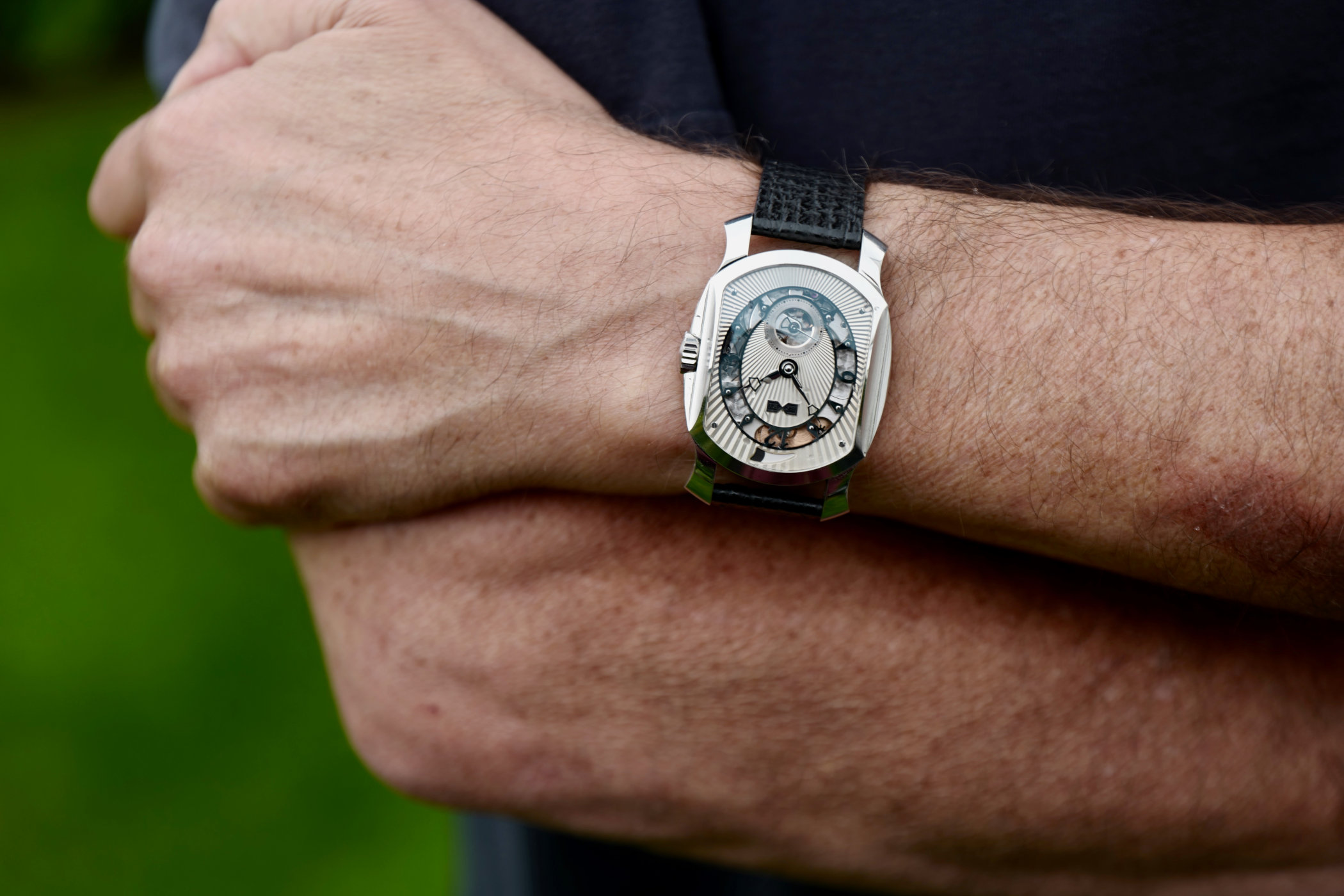
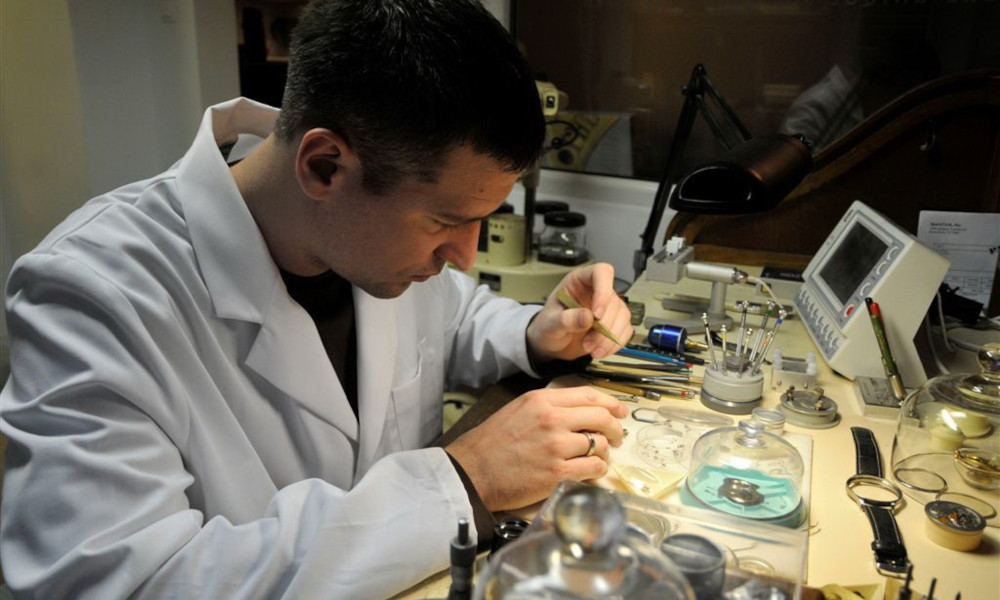
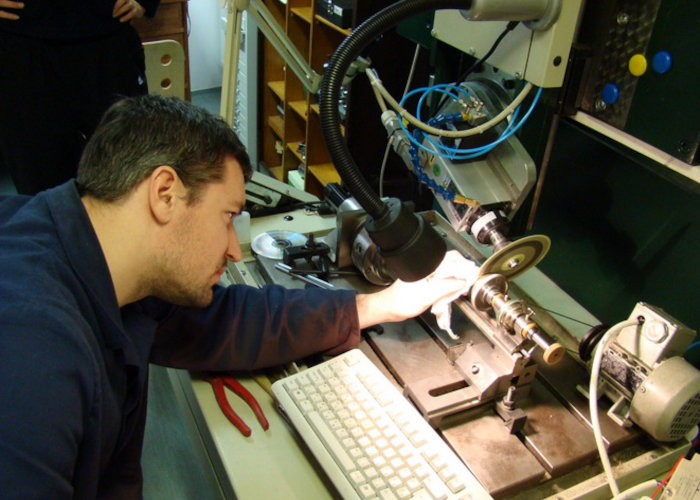
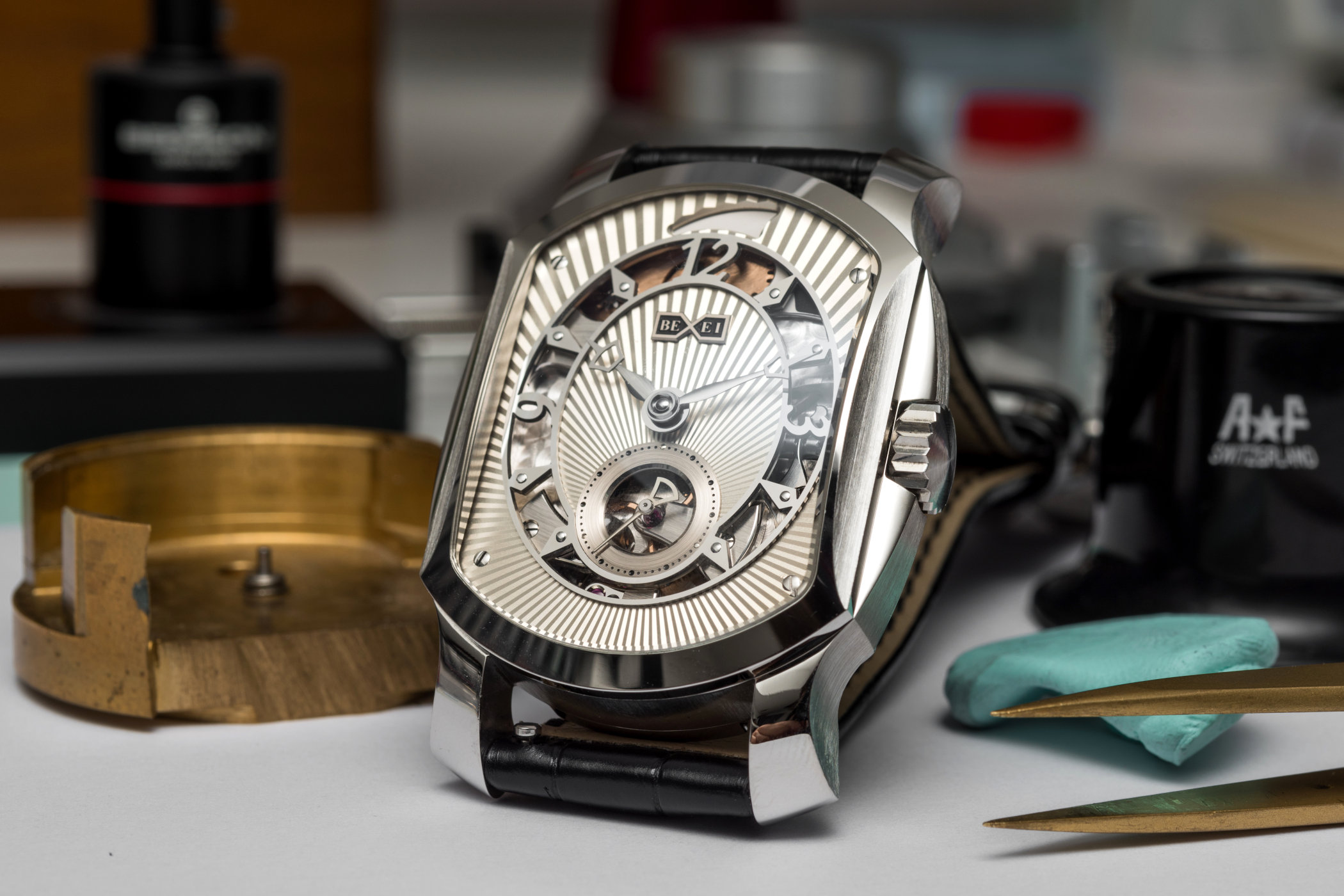
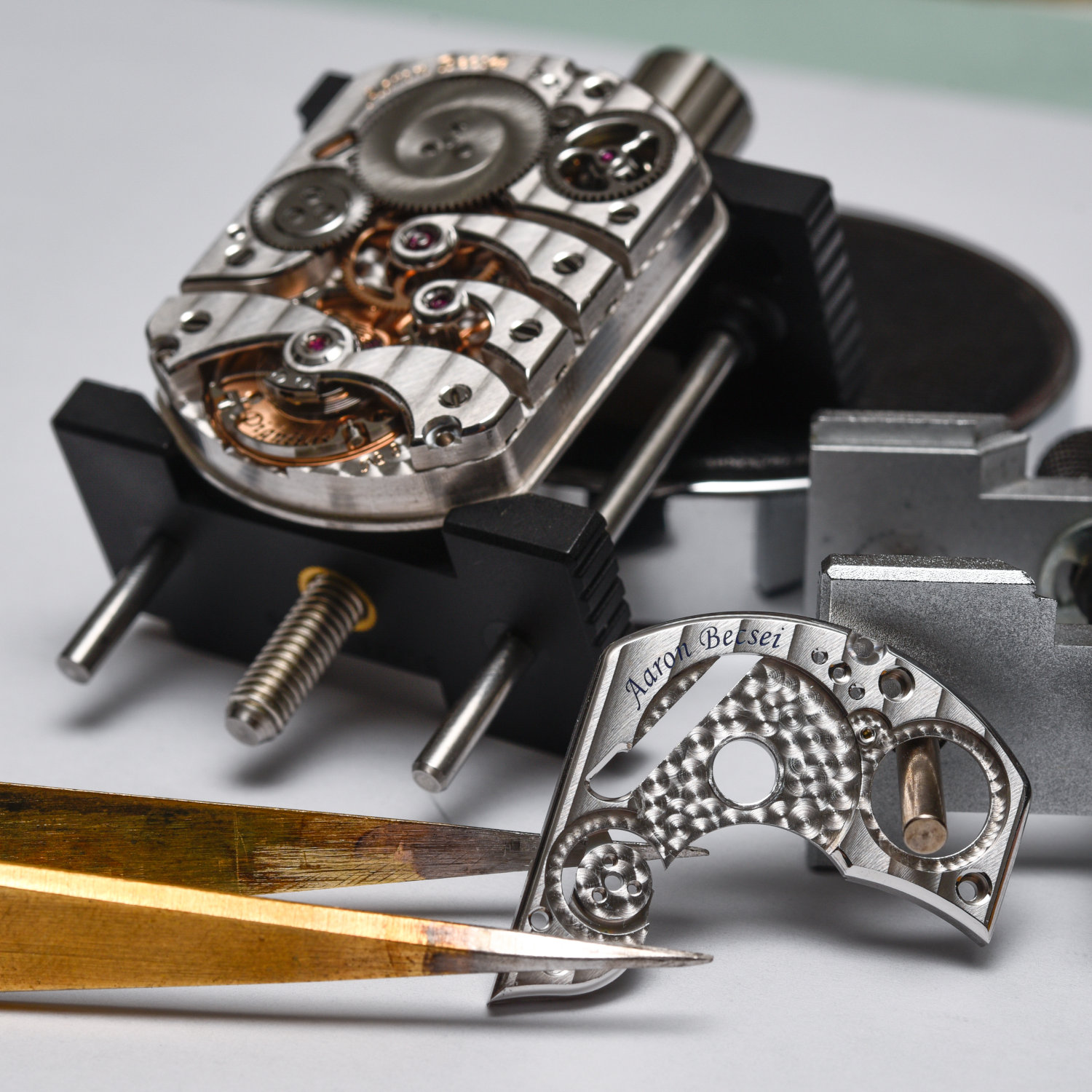
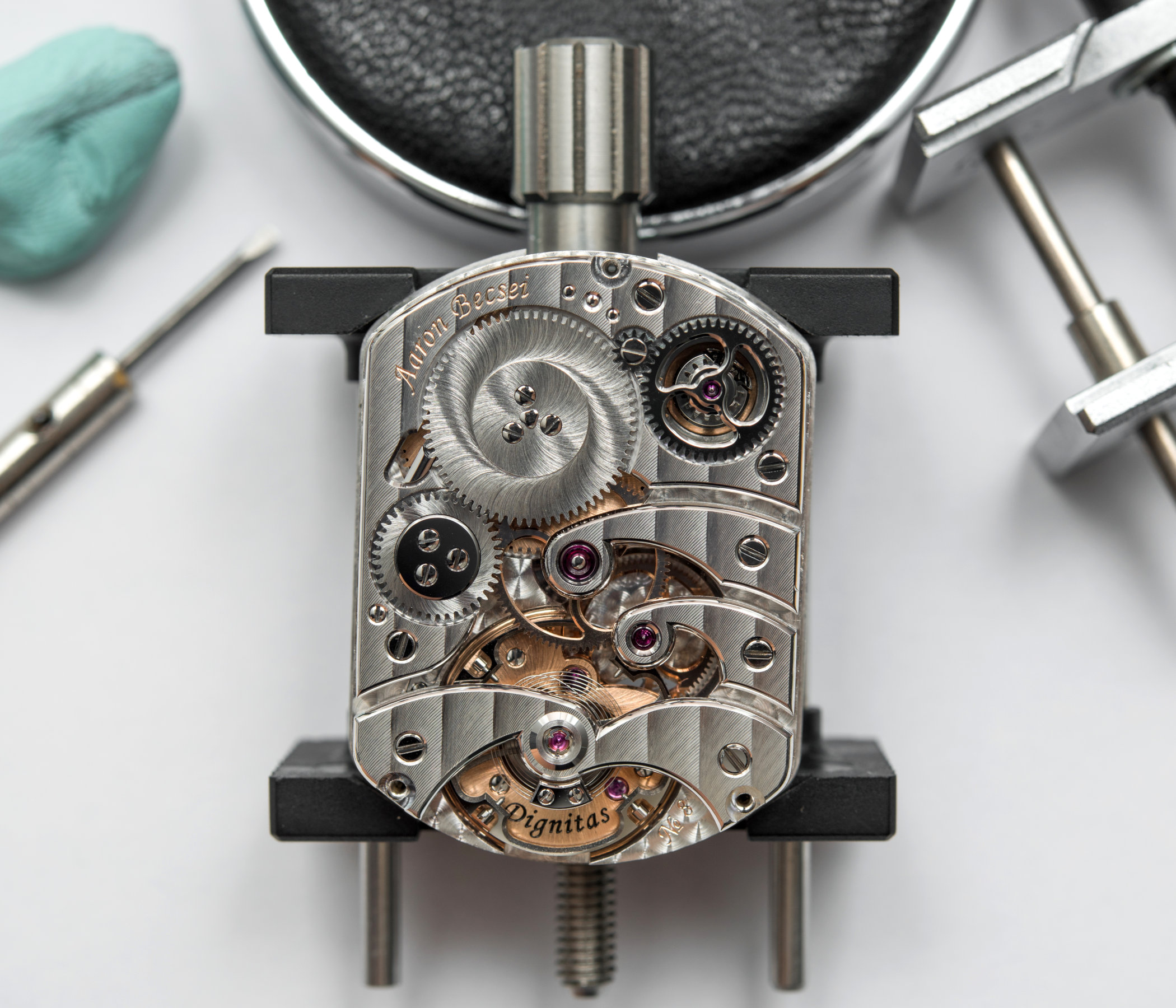
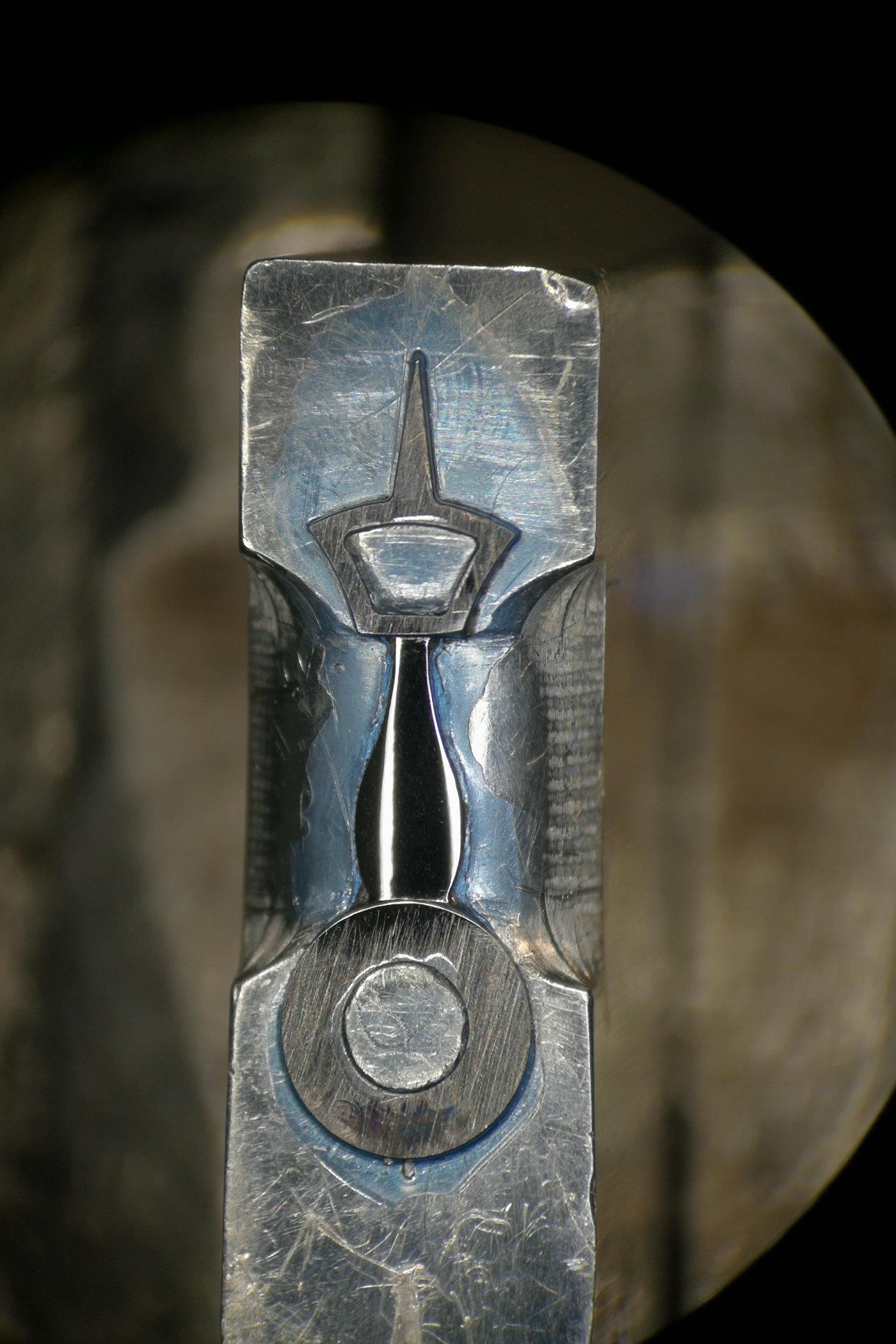
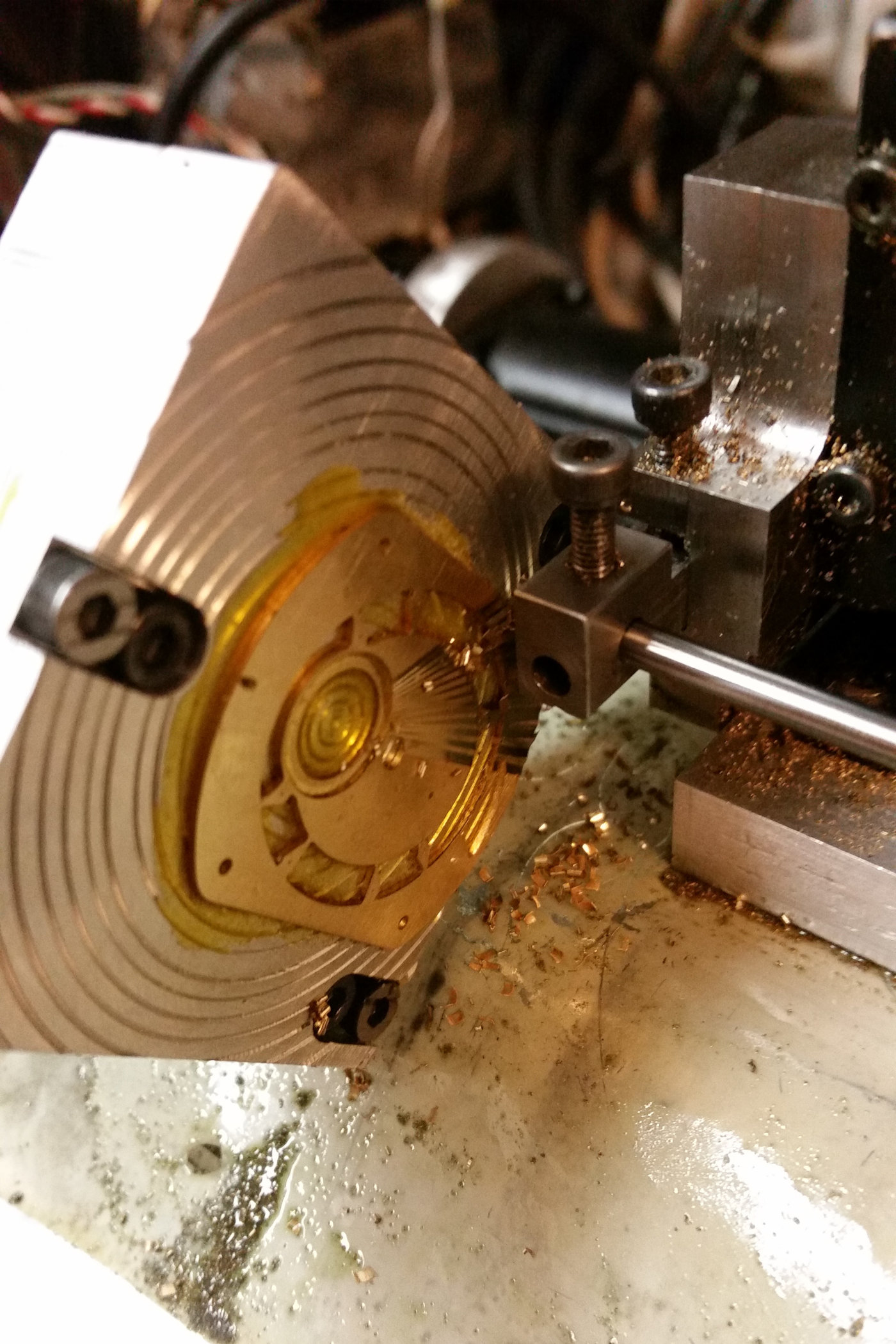

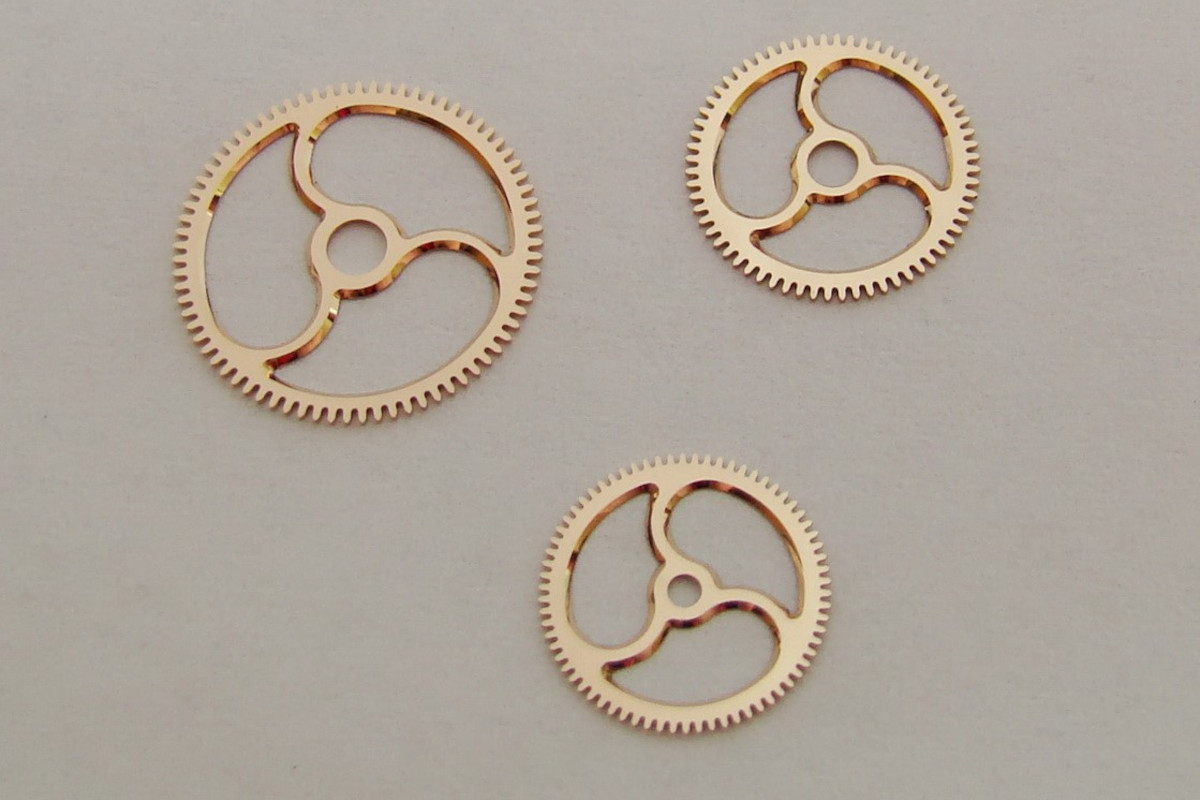
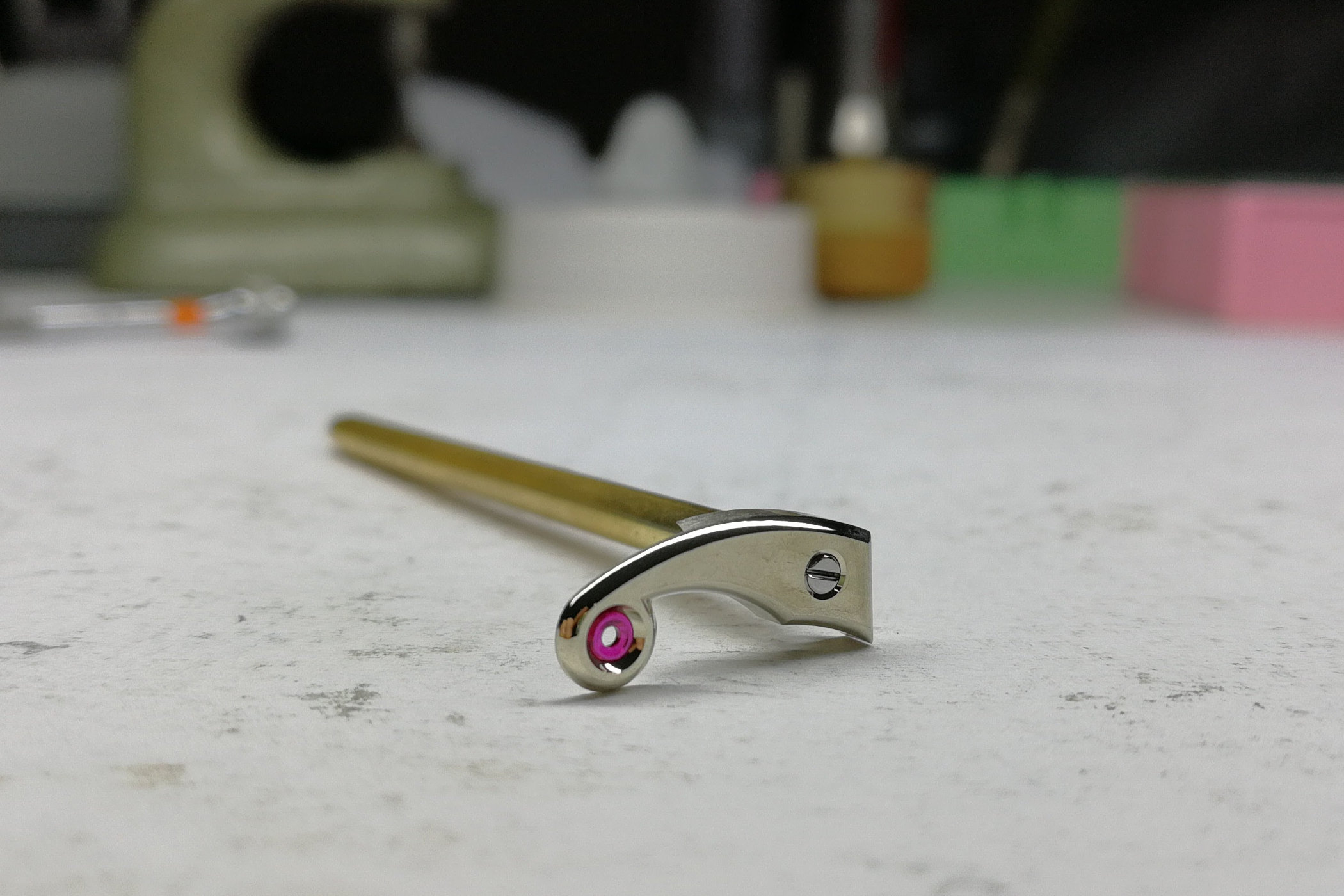
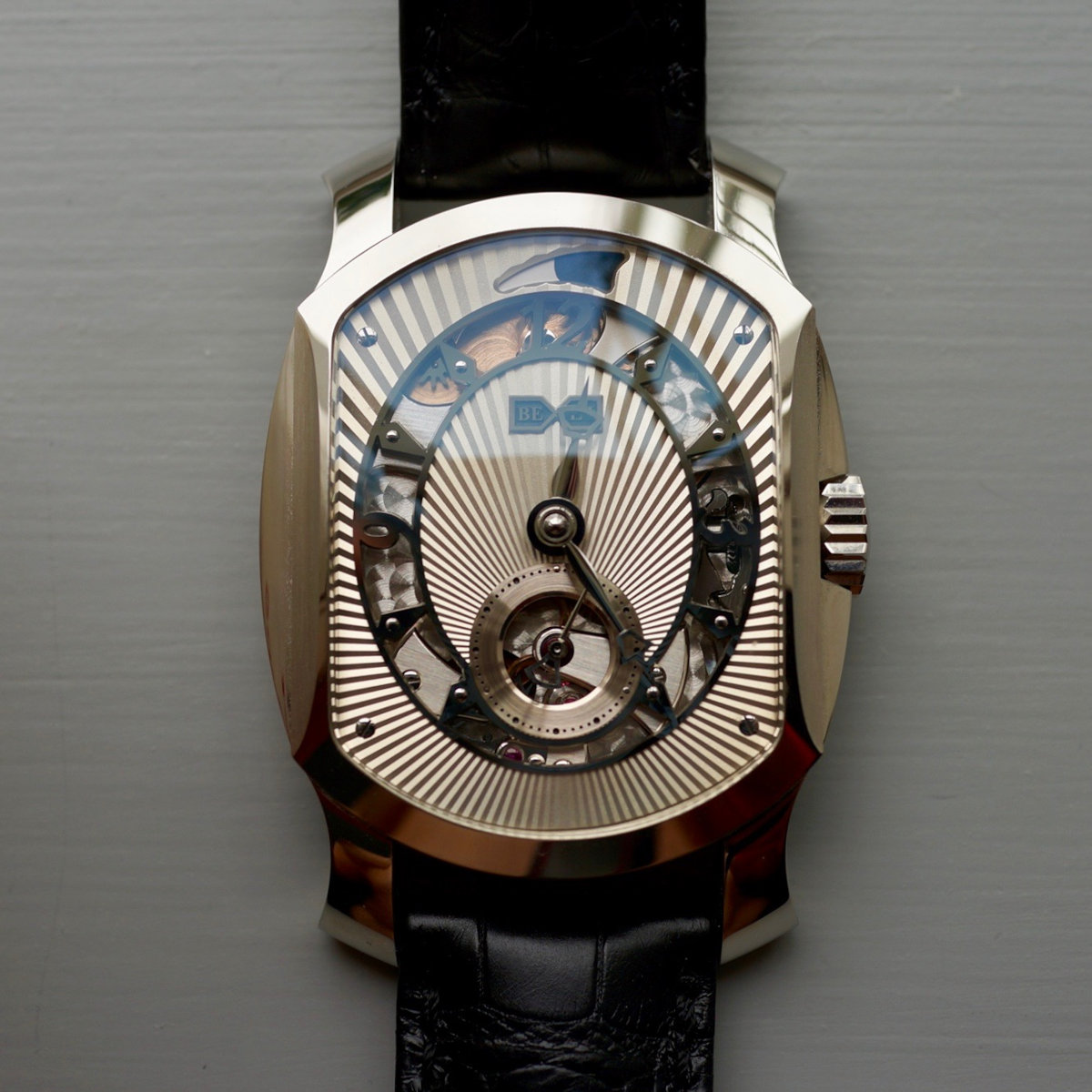
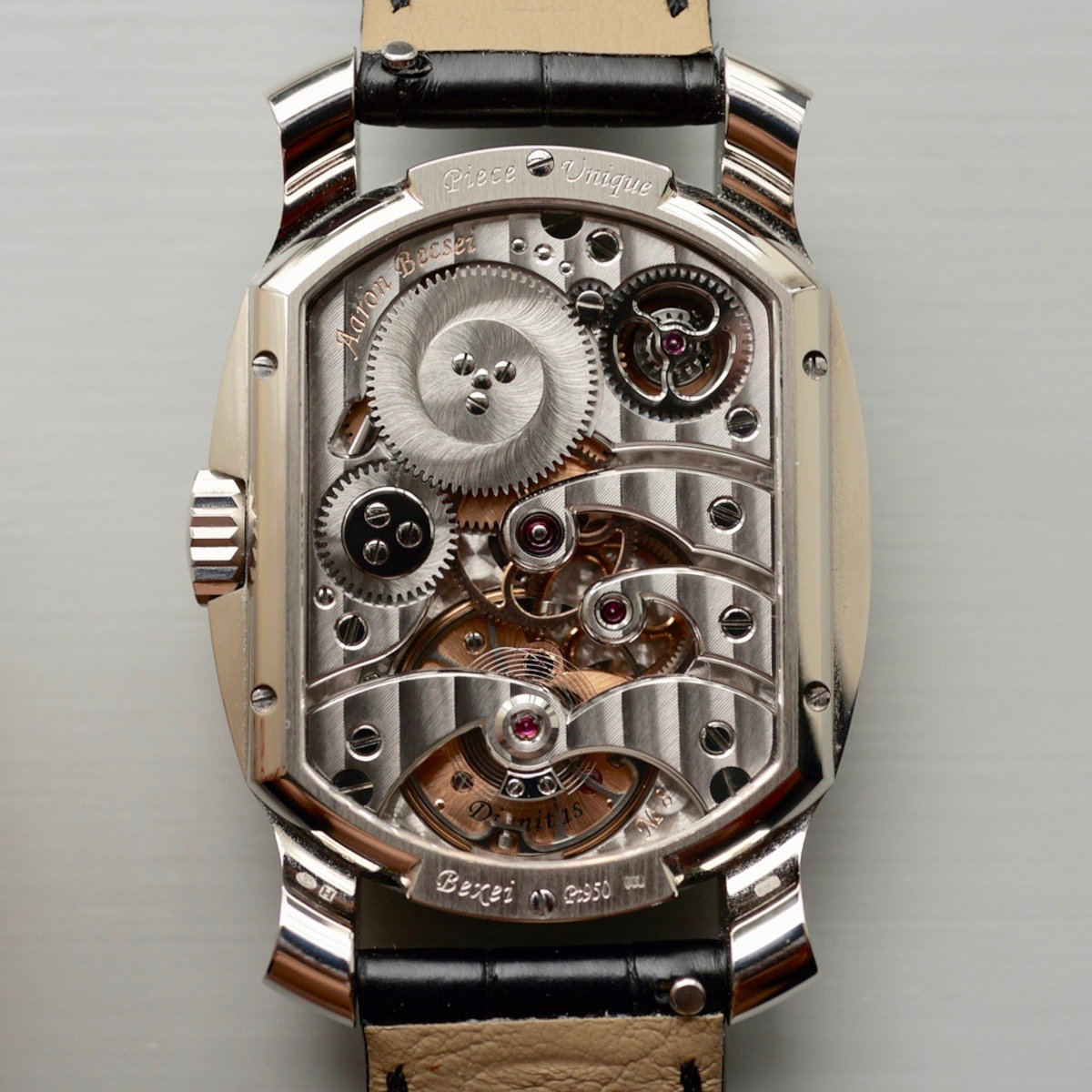
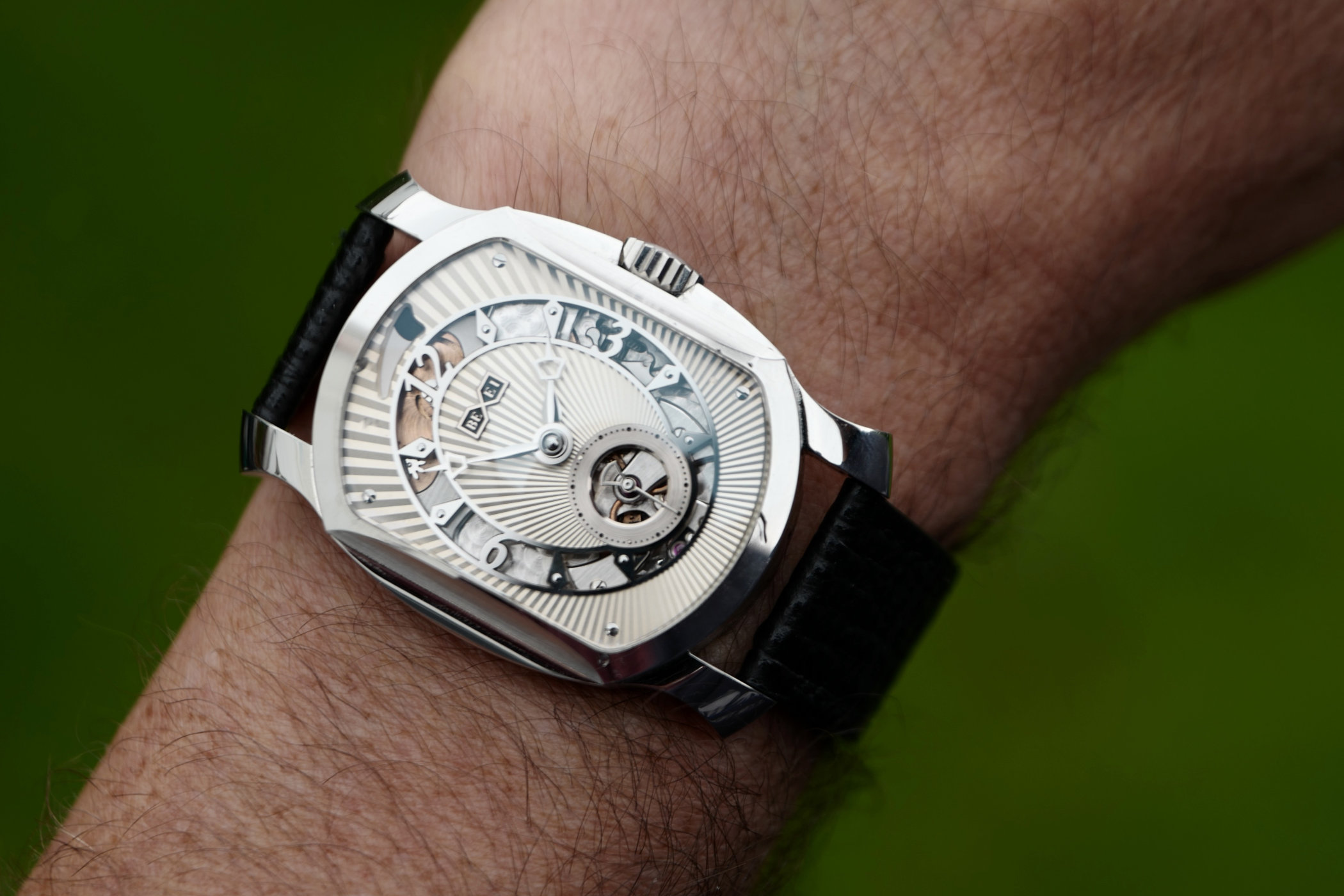
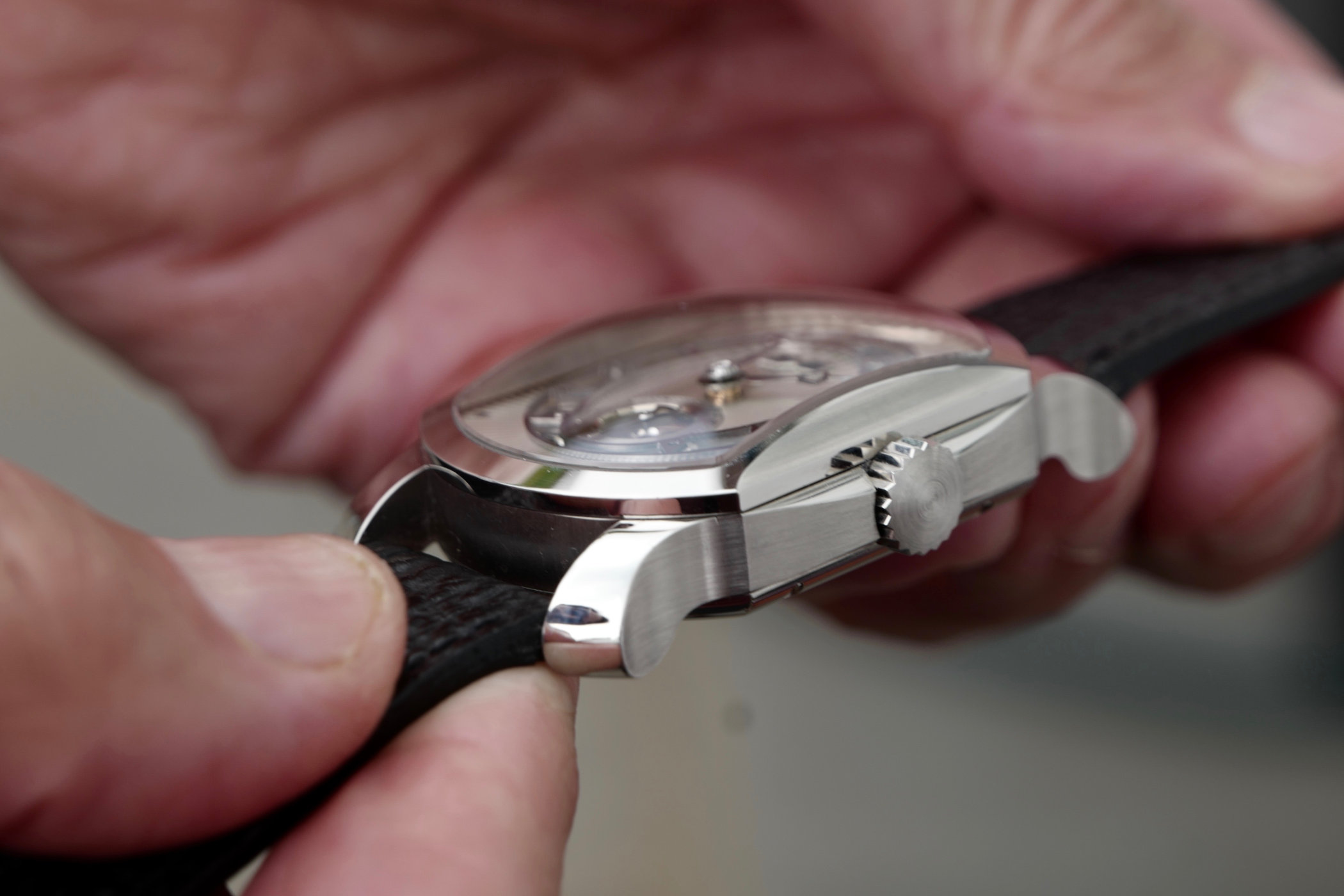
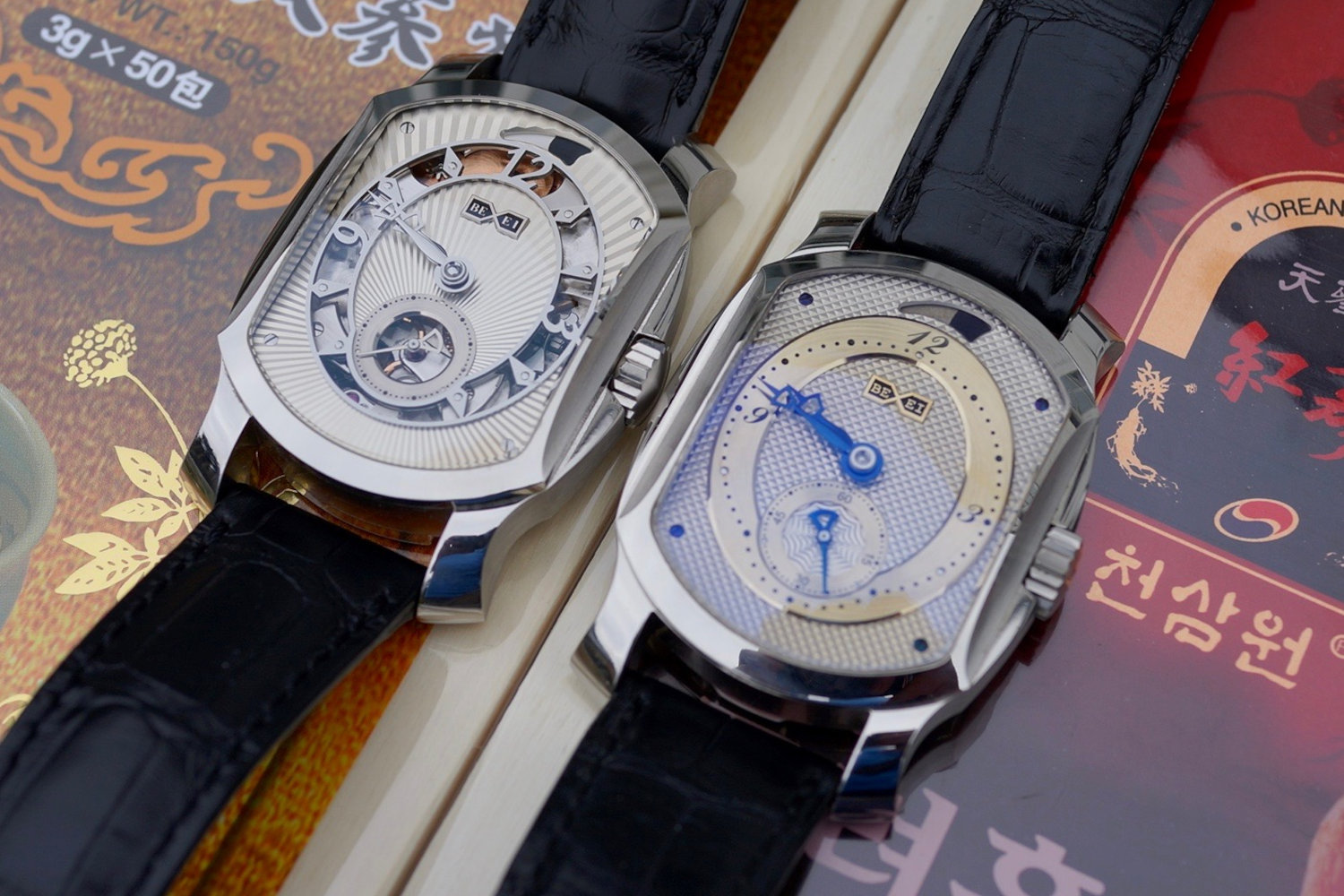
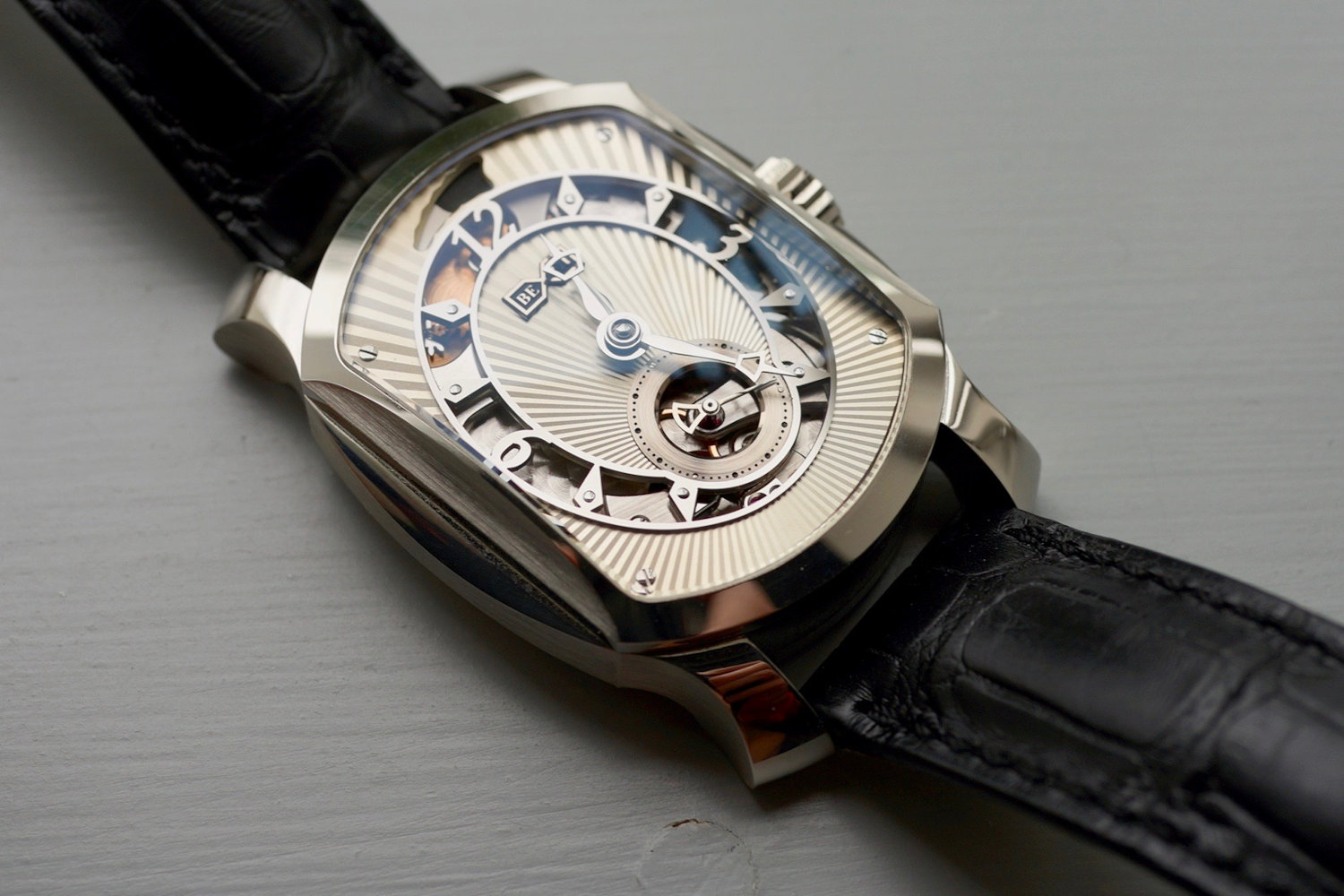




1 response
Gorgeous piece. Looking forward to my own sometime next year.